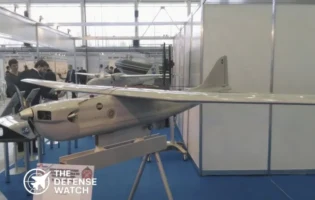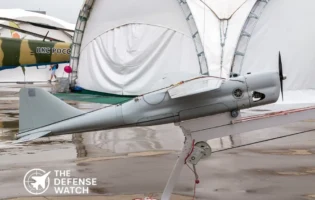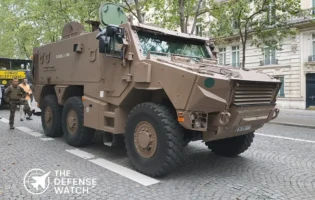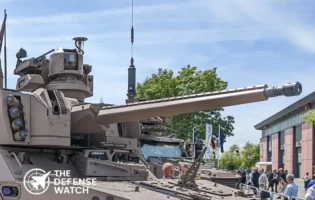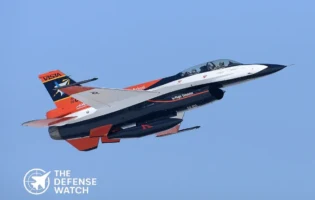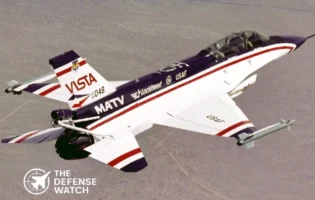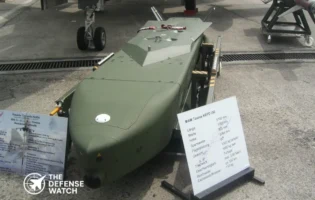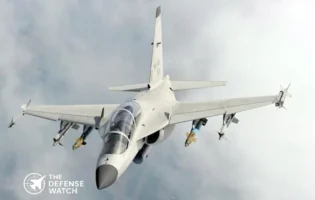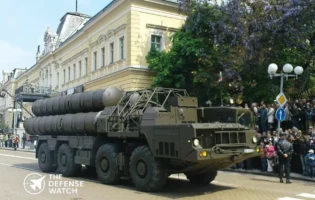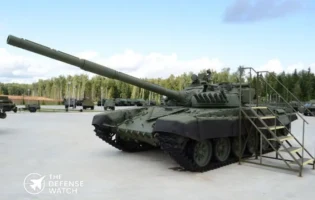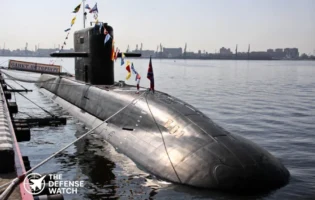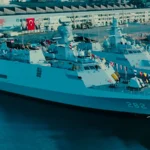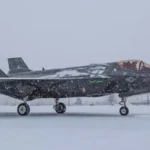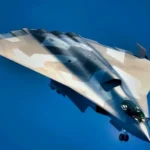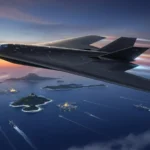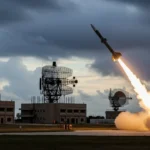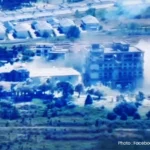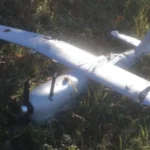- Home
- Catalog
- Defense Systems
- Iron Dome Air Defense System
Iron Dome Air Defense System
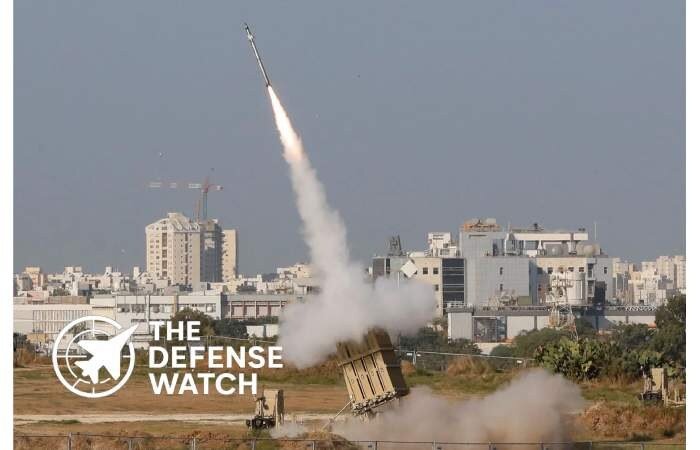


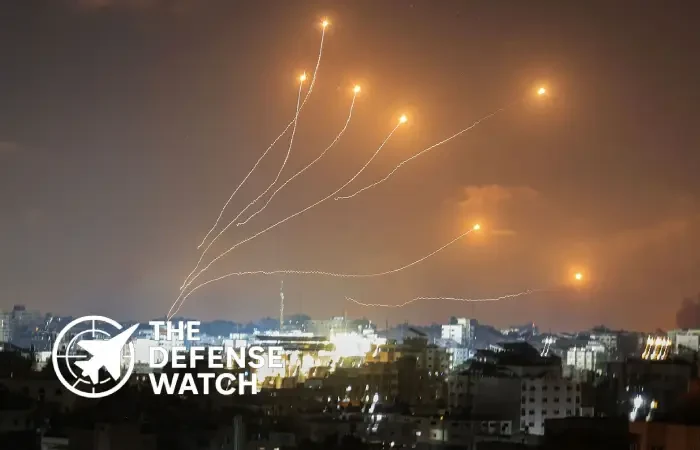
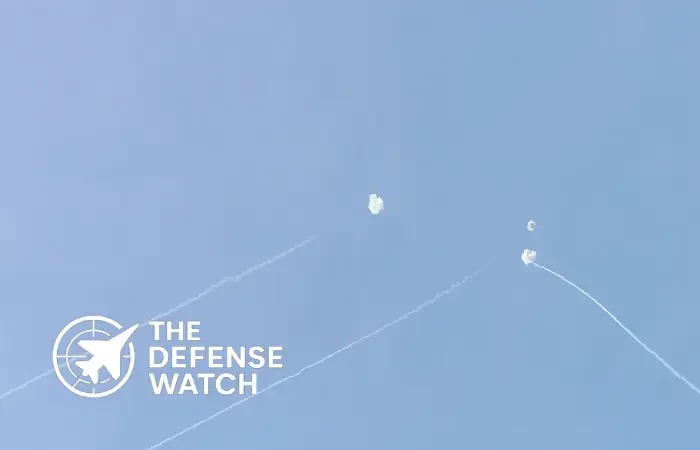
Full Specifications
1. General Information
| System Name | Iron Dome |
| Manufacturer | Rafael Advanced Defense Systems |
| Country of Origin | Israel |
| Type / Role | Short-Range Air Defense System (SHORAD) |
| In Service | Yes |
| Year Introduced | 2011 |
| Unit Cost | USD 50–100 Million per Battery |
2. Performance & Capabilities
| Maximum Engagement Range | 70 km |
| Maximum Engagement Altitude | 10 km |
| Target Types | Rockets, Artillery, Mortars, UAVs |
| Interception Probability | 90%+ (Short-Range Threats) |
| Reaction Time | 5–10 seconds |
| Radar Detection Range | 100–150 km |
3. Missile Specifications
| Missile Type | Tamir Interceptor |
| Missile Length | 3 m |
| Missile Weight | 90 kg |
| Warhead Type | Fragmentation / Proximity Fuse |
| Warhead Weight | 11 kg |
| Speed | Mach 2.2 |
4. Radar & Fire Control
| Radar Type | AESA Multi-Mission Radar (MMR) |
| Radar Name | EL/M-2084 |
| Detection Range | 100–150 km |
| Tracking Capacity | 200+ Targets |
| Guidance System | Command + Active Radar Homing |
| Fire Control System | Automated Battle Management Center (BMC) |
5. Launcher & Mobility
| Launcher Type | Mobile / Truck-Mounted |
| No. of Missiles per Launcher | 20 |
| Reload Time | 30 minutes |
| Mobility Platform | Heavy Tactical Truck |
| Crew Required | 3–4 personnel |
6. Command & Control
| C2 System | Battle Management & Control (BMC) |
| Connectivity | Secure Radio / Data Link |
| Network Capability | Yes (Layered Defense Integration) |
| Operation Mode | Autonomous / Networked |
7. Operational Use
| Primary Operator | Israel, United States |
| Combat Proven | Yes |
| Conflict History | Gaza Conflicts, Syrian Front, Lebanon |
| Notable Feature | Real-Time Threat Discrimination |
PROS
- Exceptional interception rate against rockets and drones
- Highly automated and low crew requirement
- Combat-proven in multiple conflicts
- Mobile and rapidly deployable
- Integrated radar and C2 systems
CONS
- Limited range compared to medium/long-range systems
- High operational cost per interception
- Less effective against saturation attacks
- Dependent on radar line-of-sight
- Requires frequent missile resupply in heavy engagements
Iron Dome Air Defense System: Israel’s Battle-Tested Air Defense Shield
The Iron Dome is a highly advanced, short-range air defense system developed by Rafael Advanced Defense Systems in cooperation with Israel Aerospace Industries (IAI). Designed to protect civilian and military targets from rockets, artillery shells, and drones, the system has become one of the most recognized and combat-proven missile defense systems in the world.
Design and Functionality
First deployed in 2011, Iron Dome was conceived to counter the persistent rocket threats faced by Israel. Each Iron Dome battery consists of a radar unit, a battle management and control (BMC) center, and missile launchers carrying up to 20 Tamir interceptor missiles.
The system’s EL/M-2084 radar, produced by Elta Systems, detects incoming projectiles and calculates their trajectories in real-time. If the incoming threat is projected to hit a populated area, the BMC authorizes an interception. The Tamir missile, guided by radar and equipped with electro-optical sensors, then destroys the target mid-air with pinpoint precision.
Performance and Capabilities
Iron Dome can engage targets at ranges up to 70 km and altitudes up to 10 km, reacting within seconds of detection. Its high interception success rate—estimated at over 90%—has made it invaluable in defending cities and critical infrastructure during conflicts in Gaza, Syria, and Lebanon.
The U.S. Army has also procured Iron Dome batteries for evaluation under its Indirect Fire Protection Capability (IFPC) program, further validating its effectiveness in modern integrated air defense networks.
Iron Dome Price in United States
The Iron Dome: Israel’s Battle-Tested Air Defense Shield is priced between USD 50 million and USD 100 million per battery in the United States, depending on configuration, support systems, and operational readiness packages. Each battery includes a multi-mission radar, command-and-control (C2) unit, and multiple launchers equipped with Tamir interceptor missiles. The cost can fluctuate based on training, maintenance, and integration with U.S. defense networks. Despite its substantial price tag, the Iron Dome offers exceptional value through its combat-proven 90% interception rate, making it one of the most reliable short-range air defense systems fielded by both Israel and the U.S. Army for protection against rockets, drones, and artillery threats.
Reviews
Disclaimer Note
The information provided on TheDefenseWatch.com is for general informational purposes only. While we strive to ensure the accuracy, completeness, and timeliness of our content regarding defense and aerospace products, technologies, and specifications, we cannot guarantee that all information is 100% accurate or up-to-date due to the evolving nature of military technology and classified data. TheDefenseWatch.com does not warrant the reliability, suitability, or availability of the information for any specific purpose. Users are advised to consult official sources, such as manufacturers, government publications, or defense agencies, for precise and verified data before making decisions based on our content. We are not affiliated with any defense manufacturers, governments, or military organizations mentioned. Opinions, reviews, and ratings reflect expert analysis but are subjective and should not be considered endorsements. TheDefenseWatch.com is not responsible for any errors, omissions, or consequences arising from the use of this website’s content. External links are provided for convenience and do not imply endorsement. TheDefenseWatch.com reserves the right to update or modify content without prior notice. By using this website, you agree to our Privacy & Cookies Policy.

